Uruguay History, a small but vibrant nation nestled between Brazil and Argentina on the southeastern coast of South America, boasts a rich and multifaceted history that has shaped its identity and development. From its indigenous roots to its colonial past, struggle for independence, democratic evolution, and cultural diversity, Uruguay’s history reflects the complexities and challenges of nation-building in the region. In this detailed exploration, we will journey through the key events, figures, and transformations that have defined Uruguay’s historical trajectory.
Pre-Columbian Era
The history of Uruguay begins long before the arrival of European colonizers. The region was originally inhabited by various indigenous peoples, including the Charrúa, Guarani, and Chana people. These indigenous groups lived off the land, hunting, fishing, and practicing agriculture. They had developed complex social structures, cultural traditions, and spiritual beliefs, which were deeply rooted in their relationship with the natural environment.
The Charrúa people, in particular, were known for their fierce resistance to European colonization, defending their territory against Spanish incursions for centuries. Their resilience and determination to preserve their way of life left a lasting legacy in Uruguayan culture and identity.
Colonial Period
The arrival of Spanish explorers in the 16th century marked the beginning of Uruguay’s colonial era. In 1516, the Spanish navigator Juan Díaz de Solís became the first European to set foot on Uruguayan soil, but he was killed by indigenous inhabitants shortly thereafter. Subsequent expeditions by Spanish conquistadors, including Sebastián Cabot and Hernando de Soto, further explored the region but encountered fierce resistance from the indigenous peoples.
The Spanish Crown claimed the territory of present-day Uruguay as part of its vast colonial empire, and efforts to establish permanent settlements began in the early 17th century. The city of Colonia del Sacramento, founded by the Portuguese in 1680, became a strategic outpost in the competition between European powers for control of the region. The Treaty of Madrid in 1750 formally ceded Colonia to Spain, solidifying Spanish dominance in Uruguay.
Throughout the colonial period, Uruguay’s territory was contested by Spain, Portugal, and later, the newly independent nation of Brazil, which gained control of the region following the Napoleonic Wars. The struggle for territorial control and access to resources shaped Uruguay’s early history and set the stage for its eventual independence.
Struggle for Independence
Uruguay’s journey to independence was tumultuous and marked by conflicts, revolutions, and foreign interventions. The struggle for independence was closely linked to the broader movements for liberation sweeping across Latin America in the early 19th century.
In 1811, Uruguayans initiated their first uprising against Spanish rule, known as the Revolución Oriental. Led by patriots such as José Gervasio Artigas, Juan Antonio Lavalleja, and Fructuoso Rivera, the rebellion sought to overthrow Spanish colonial authorities and establish an independent republic. The patriots scored several military victories against Spanish forces and gained control of significant territories in present-day Uruguay.
The decisive turning point in Uruguay’s fight for independence came with the Battle of Las Piedras on May 18, 1811, where Uruguayan patriots led by Artigas defeated a larger Spanish force. This victory galvanized popular support for the independence movement and paved the way for the establishment of the First Republic of Uruguay on August 25, 1825.
Nation-Building and Territorial Disputes
Following its independence from Spain, Uruguay faced the challenge of nation-building amidst internal divisions and external threats. The country’s territory and sovereignty were hotly contested by neighboring powers, particularly Brazil and Argentina, which sought to expand their influence in the region.
The struggle for territorial control culminated in the Cisplatine War (1825-1828), a conflict between Brazil and the United Provinces of the Río de la Plata (Argentina) over the ownership of the Banda Oriental, as Uruguay was then known. The war ended with the signing of the Treaty of Montevideo in 1828, which recognized Uruguay as an independent nation and established its borders.
Uruguay’s early years as an independent republic were marked by political instability, factionalism, and conflicts between rival caudillos (military leaders). The country’s first constitution was adopted in 1830, establishing a representative government with a president as the head of state. However, the presidency was often contested, leading to frequent changes in leadership and periods of authoritarian rule.
Civil Wars and Foreign Interventions
The 19th century saw Uruguay engulfed in a series of civil wars, revolutions, and foreign interventions that further complicated its political landscape. The country became a battleground for competing factions, including Colorados (Reds) and Blancos (Whites), who fought for control of the government and its resources.
The Colorado and Blanco parties emerged as the dominant political forces in Uruguay, representing the interests of urban elites, rural landowners, and regional power brokers. The Colorados favored centralization, secularism, and economic modernization, while the Blancos advocated for federalism, Catholicism, and agrarian interests.
The struggle for political power often descended into violence and bloodshed, with armed militias, mercenaries, and foreign mercenaries being used to suppress dissent and maintain order. Foreign powers, including Brazil, Argentina, and the United Kingdom, intervened in Uruguayan affairs to protect their economic interests and influence the outcome of internal conflicts.
One of the most notorious episodes in Uruguay’s history was the Great Siege of Montevideo (1843-1851), a protracted conflict between Colorados and Blancos supported by Argentina and Brazil, respectively. The siege resulted in widespread destruction, suffering, and loss of life, but ultimately ended with the victory of the Colorados and the consolidation of their power.
Modernization and Economic Development
The late 19th and early 20th centuries witnessed significant transformations in Uruguay’s economy, society, and politics. The country experienced rapid industrialization, urbanization, and immigration, fueled by waves of European migrants seeking economic opportunities in the New World.
Uruguay’s agricultural sector expanded with the cultivation of livestock, grains, and fruits for export to international markets. The introduction of modern technologies, infrastructure projects, and government incentives spurred growth in manufacturing, commerce, and services, laying the foundations for a more diversified and dynamic economy.
Urban centers like Montevideo, the capital city, flourished as hubs of commerce, culture, and politics, attracting migrants from across Europe and Latin America. The construction of railways, ports, and telegraph lines facilitated communication and transportation, connecting remote regions and fostering national integration.
Social Reforms and Welfare State
Uruguay distinguished itself in the early 20th century as a pioneer in social welfare policies and progressive reforms aimed at improving the living standards and well-being of its citizens. The country implemented groundbreaking initiatives in education, healthcare, labor rights, and social security, setting new standards for social justice and equity.
Under the leadership of President José Batlle y Ordóñez, who served two non-consecutive terms from 1903 to 1907 and 1911 to 1915, Uruguay enacted sweeping reforms that transformed the country’s social and economic landscape. Batlle y Ordóñez’s agenda, known as the “Batllismo,” sought to promote democracy, equality, and social cohesion through a series of legislative measures and government programs.
Key reforms introduced during the Batllismo era included the establishment of free and compulsory public education, the creation of a national healthcare system, the implementation of labor protections and workers’ rights, and the development of social security programs for the elderly, disabled, and unemployed.
Military Dictatorships and Authoritarianism
Uruguay’s tradition of democracy and political pluralism was tested by periods of military rule and authoritarianism during the 20th century. The country experienced several interruptions to democratic governance, characterized by coups, dictatorships, and human rights abuses.
In 1973, Uruguay’s democratic institutions were dismantled following a military coup led by General Juan María Bordaberry, who dissolved Congress, suspended political parties, and established a military junta to govern the country. The subsequent period of military rule, known as the Civic-Military Dictatorship (1973-1985), was marked by repression, censorship, and state-sponsored violence against perceived dissidents.
During the dictatorship, thousands of Uruguayans were arrested, tortured, or disappeared by security forces, while others went into exile to escape persecution. The regime implemented harsh measures to suppress political opposition and silence dissent, including the use of secret detention centers, torture chambers, and censorship laws.
Return to Democracy and Transitional Justice
Uruguay’s transition from military rule to democracy in the 1980s was a gradual and complex process that involved political negotiations, social mobilization, and international pressure. The military junta relinquished power in 1985 following a national referendum that approved a return to civilian rule and the restoration of democratic institutions.
The transition to democracy was accompanied by efforts to address the legacy of human rights abuses committed during the dictatorship and hold perpetrators accountable for their actions. In 1986, Uruguay established a Truth and Justice Commission to investigate human rights violations and provide reparations to victims and their families.
Since the restoration of democracy, Uruguay has made significant strides in consolidating democratic governance, promoting respect for human rights, and fostering reconciliation among its citizens. The country has held regular elections, respected the rule of law, and upheld constitutional principles, earning praise for its commitment to democracy and political stability.
Contemporary Challenges and Prospects
Today, Uruguay faces a new set of challenges as it grapples with the complexities of globalization, economic uncertainty, social inequality, and environmental sustainability. The country’s economy has been affected by external shocks, such as fluctuations in global commodity prices, currency devaluations, and trade imbalances.
Uruguay’s social fabric is also being tested by rising inequality, poverty, and social exclusion, which have fueled discontent and unrest among marginalized communities. The government has implemented social programs and poverty reduction initiatives to address these issues, but more needs to be done to ensure inclusive growth and shared prosperity for all Uruguayans.
Environmental degradation and climate change pose additional threats to Uruguay’s sustainable development and natural resources. The country is vulnerable to extreme weather events, such as floods, droughts, and wildfires, which have become more frequent and severe in recent years. Uruguay has taken steps to mitigate the impacts of climate change and promote environmental conservation, but greater international cooperation and collective action are needed to address this global challenge.
In conclusion, Uruguay’s history is a testament to the resilience, creativity, and perseverance of its people in the face of adversity. From the indigenous cultures of the pre-Columbian era to the struggles for independence, democracy, and social justice of modern times, Uruguay’s story is one of resilience, determination, and hope. As the country continues to navigate the complexities of the 21st century, it is essential to remember the lessons of its past and work towards a future of peace, prosperity, and solidarity for all Uruguayans.


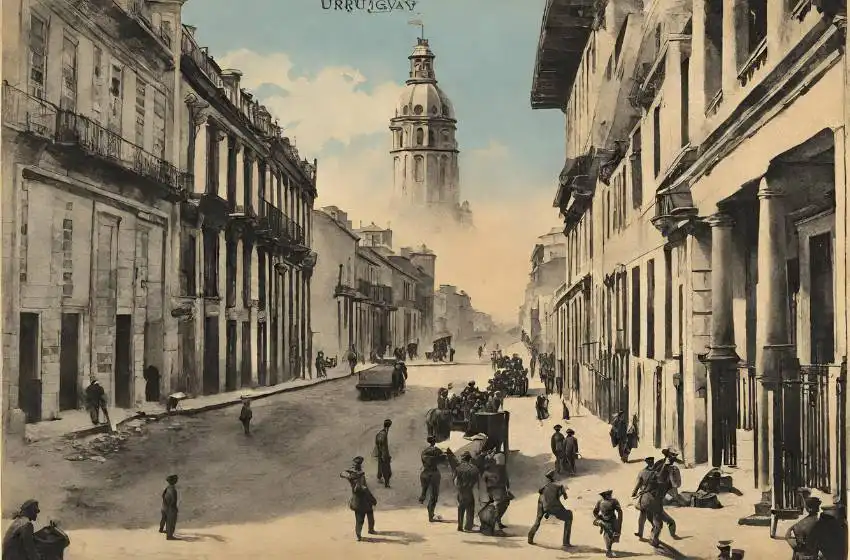


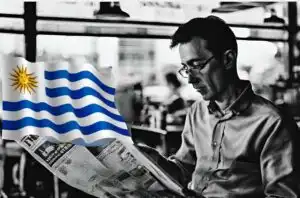

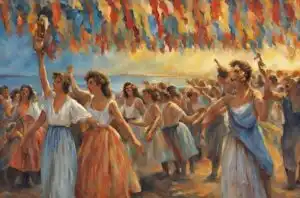
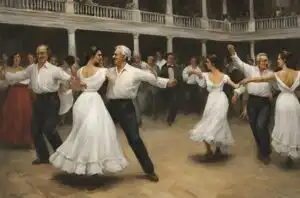
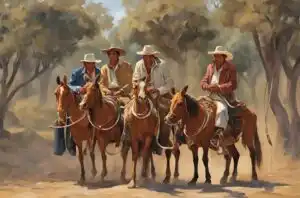



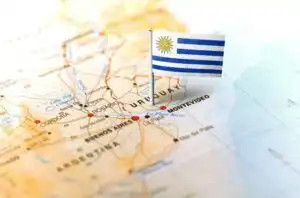
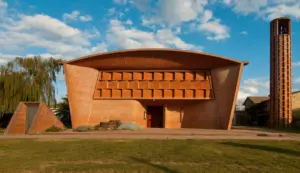

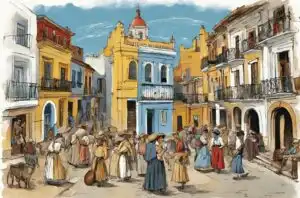

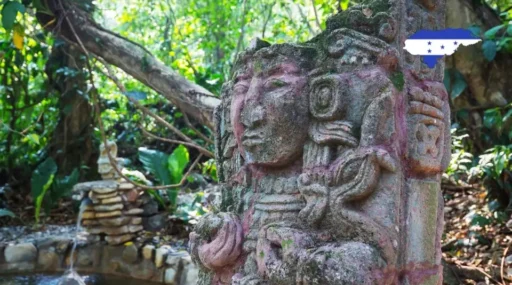


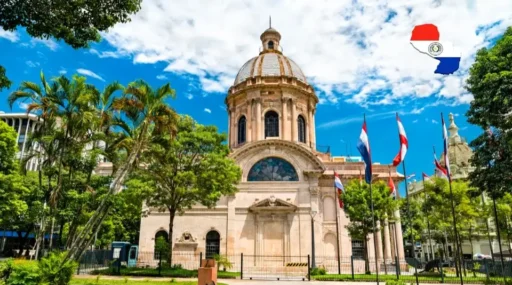

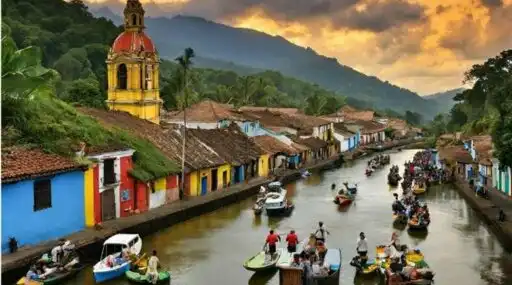
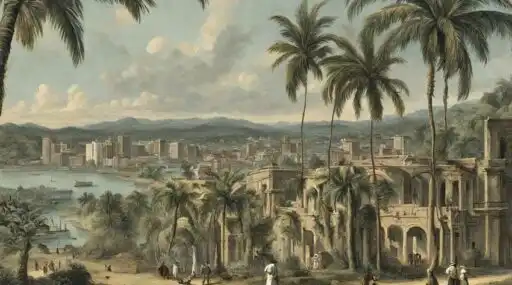





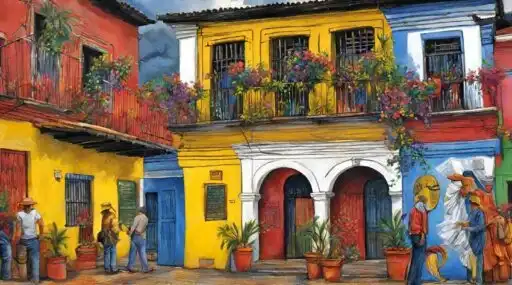

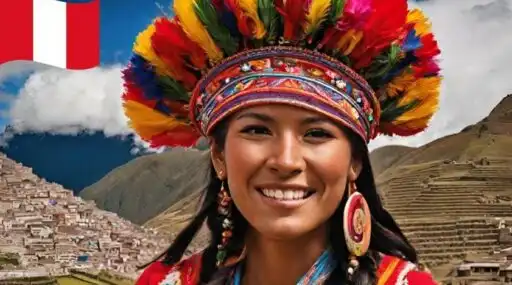


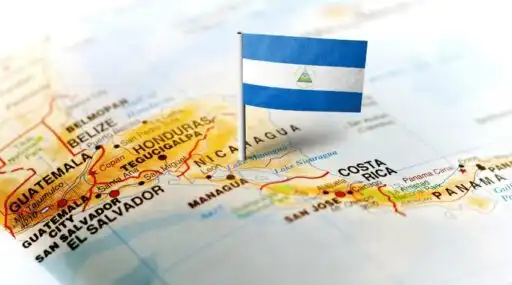


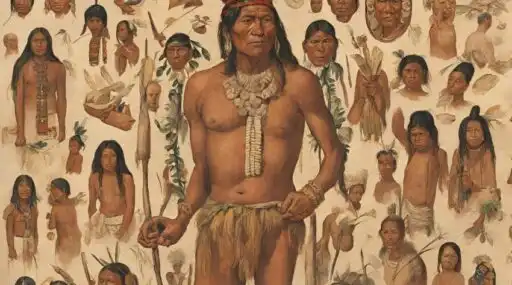




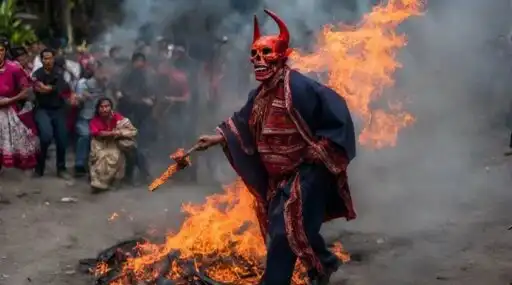
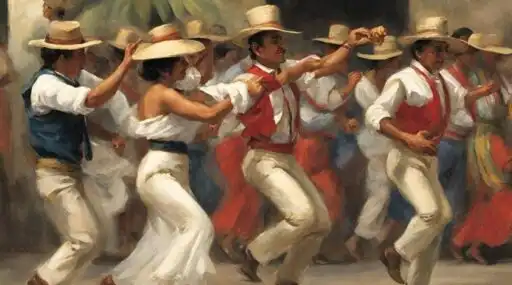
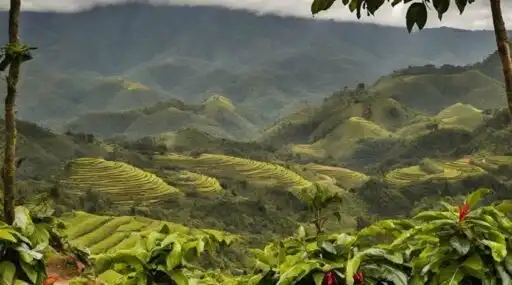

Leave a Reply